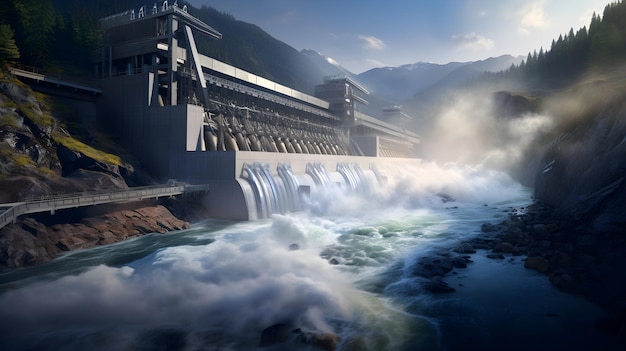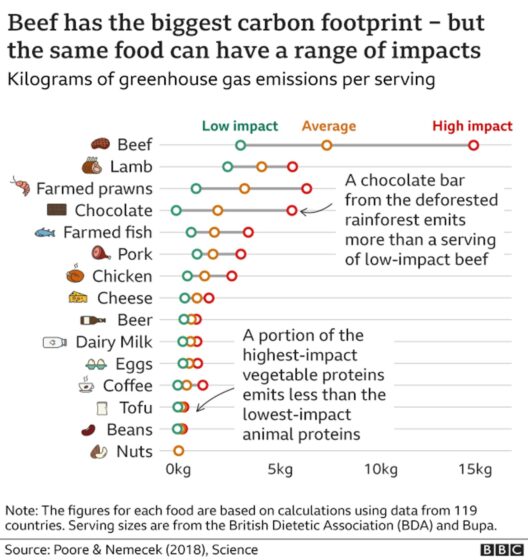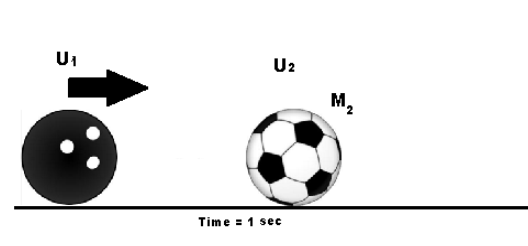Hydropower, often likened to the unyielding force of a mighty river, functions as a formidable ally in the quest against climate change. As the world grapples with the consequences of fossil fuel dependence, the time has come to explore how harnessing water’s relentless flow not only generates electricity but also plays a pivotal role in conserving energy.
The principle behind hydropower is elegantly simple yet profoundly efficient. At its core, it involves converting the kinetic energy of flowing water into mechanical energy, which can then be transformed into electricity. This transition is facilitated through turbines, which serve as the heart of any hydropower station, translating the chaotic motion of water into a structured, usable form of energy. Such an operation echoes nature’s own mechanisms, where rivers carve valleys and mountains with persistency; the hydropower process also reshapes our energy landscape by providing clean, renewable energy.
One of the paramount advantages of hydropower is its ability to produce energy consistently without the extensive carbon footprint emblematic of traditional energy sources. When water flows through a dam or a turbine, it releases energy that is inherently renewable. This is akin to a grand symphony, where the orchestra of turbines plays a melodic tune – harmonizing with the rhythm of nature. The steady flow of water becomes a ceaseless source of energy, reducing reliance on depleting fossil fuels and mitigating greenhouse gas emissions. In this light, hydropower emerges as a silent guardian of environmental integrity.
Furthermore, hydropower systems are primarily designed for efficiency. Modern hydroelectric plants can achieve efficiencies exceeding 90%, which starkly contrasts with thermal power plants that operate at less than 40% efficiency. This remarkable conversion rate signifies that a larger fraction of the input energy is transformed into electrical energy rather than being lost as waste heat. The mechanics of efficiency are illuminated through careful engineering and advancements in turbine technology, which optimize the energy yield of every gushing litre of water. In effect, energy conservation through hydropower is not merely a byproduct; it is the essence of its operation.
The extent of energy conservation extends beyond immediate generation. By integrating hydropower into the energy grid, we open avenues for energy storage and peak load management. Hydropower stations can act as energy reservoirs, allowing for the storage of excess energy generated during periods of low demand. This function is akin to a colossal battery, where water is held back and released on demand. This capability is particularly crucial in balancing supply and demand, ensuring that energy is available when it is most needed without scaling up fossil fuel output. Thus, hydropower enhances grid stability and efficiency while promoting energy conservation in entirety.
The environmental impact of hydropower also deserves mention. By substituting fossil fuels with renewable energy, hydropower has the potential to preserve natural habitats and terrestrial ecosystems. Recently, many hydropower installations have adopted strategies to mitigate adverse effects, such as fish ladders that allow aquatic life to navigate around dam structures. These adaptations illuminate an evolving understanding of hydropower’s role in a sustainable future, revealing its potential as a custodian of biodiversity.
Nonetheless, the symphony of hydropower is not without its discord. The construction and operation of dams can disrupt local ecosystems and displace communities. This dichotomy presents a complex challenge: harnessing the benefits of water while safeguarding the rights and habitats of those it touches. To navigate this terrain, policymakers and stakeholders must engage in comprehensive planning and community dialogue to create hydropower projects that are both economically viable and socially responsible.
Hydropower, when approached thoughtfully, becomes a bridge to a sustainable future. Global energy demands continue to escalate, and the pursuit of clean alternatives is more pressing than ever. Hydropower contributes significantly to renewable energy portfolios, offering an intricate tapestry of energy solutions that blend innovation and efficacy. In countries like Norway and Canada, hydropower constitutes a lion’s share of energy production, but this model can be replicated elsewhere, providing a blueprint for nations seeking to embrace sustainability.
Moreover, as technology progresses, innovations such as small-scale hydropower plants and run-of-the-river systems are emerging. These models bypass some of the ecological challenges associated with traditional dam construction, allowing for localized, less invasive energy production. This trend reflects a growing understanding that hydropower can be versatile – adapting to regional needs and environmental conditions, and thus amplifying its appeal as a sustainable energy source.
In conclusion, hydropower is the embodiment of nature’s raw power harnessed for progress. As water courses through turbines with unstoppable force, it symbolizes humanity’s capacity to innovate solutions that stand against the tidal waves of climate change. By investing in hydropower and embracing its multidimensional contributions, societies can take bold steps toward conserving energy and safeguarding the planet for future generations. Such is the potential of harnessing water’s unrelenting essence – a commitment to environmental stewardship symbiotically woven into the tapestry of energy conservation.







